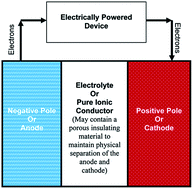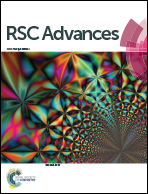Activated carbon nanospheres derived from bio-waste materials for supercapacitor applications – a review
Abstract
Supercapacitors are perfect energy storage devices; they can be charged almost instantly and release energy over a long time. They can be charged multiple times with minimal degradation in performance. Supercapacitor performance is determined by the composition of the electrode and advanced configurations. In this review, we compare the performance of different electrode materials which are obtained from biowaste based precursors. Our main interest in this review is to study the supercapacitor properties using carbon based spherical natured particles well known as carbon nanospheres. Carbon based electrodes, particularly bio-waste activated carbon nanospheres, have gained interest due to their excellent energy storage ability. In this paper, Activated Carbon Nanospheres derived from several bio-waste materials are reviewed on the basis of their cyclic voltammograms, specific capacitances, surface areas, electrolytes used and fabrication process.


 Please wait while we load your content...
Please wait while we load your content...